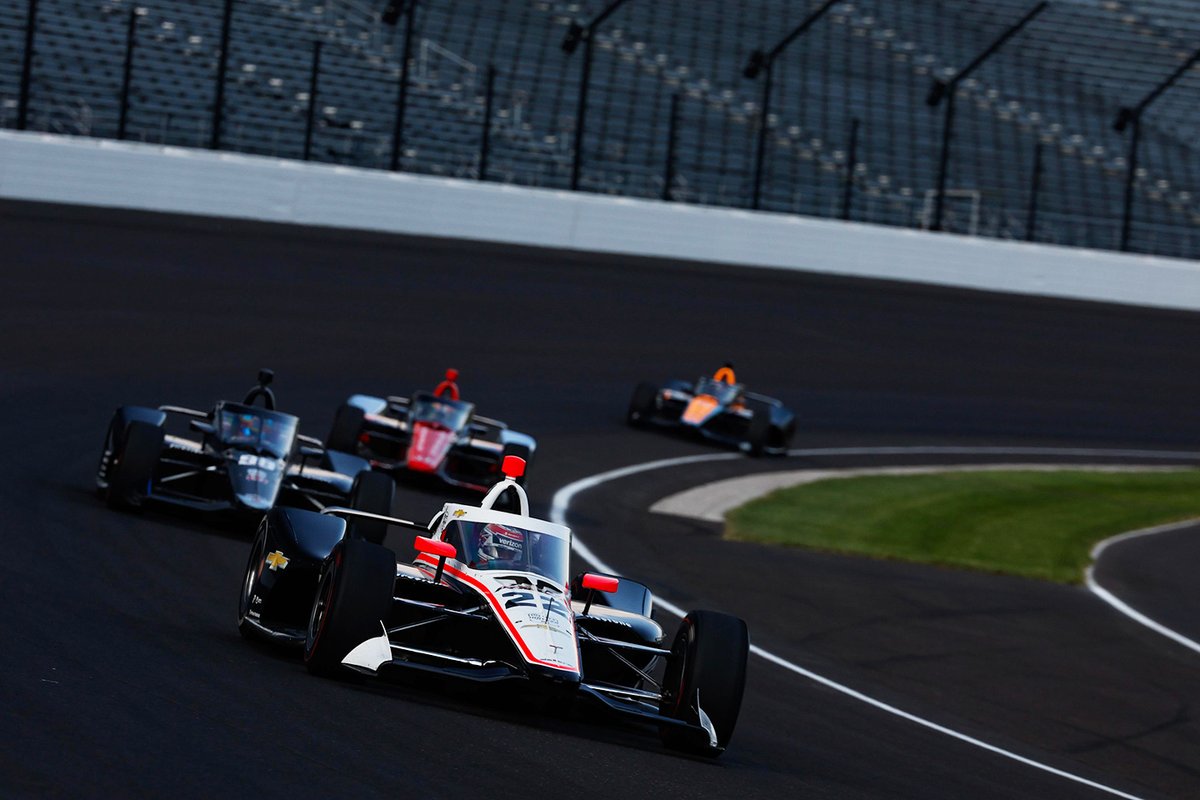
THE MID-SEASON END OF AN ERA INDYCAR TAKES ON
When the chequered flag waved as Alex Palou took victory in last Sunday’s race at Laguna Seca, it also signalled an end of an era in the IndyCar Series as part of an unprecedented mid-season powerplant change.
The Internal Combustion Engine (ICE) is evolving as IndyCar pairs the current 2.2-litre twin-turbo V6 engine, a pillar for the series since 2012, with hybrid technology beginning at the next round at Mid-Ohio on 5-7 July.
“I have two emotions,” said Alexander Rossi, driver of the #7 Arrow McLaren Chevrolet. “I'm sad because it's the end of an era. We grew up falling in love with this sport with kind of the framework of what it is now. At the same time if you look at where the world is going, where manufacturers are going, you got to evolve.
“It's an exciting time for the series to take that step towards the future. It's something that's important to all of us and the partners involved.
“It's happy and sad. It's cool to be able to introduce new technology into the cars, but also it's sad that this phase of motorsports is coming to an end.”
Alexander Rossi, Arrow McLaren Chevrolet
Photo by: Josh Tons / Motorsport Images
Developed as a collaborative effort between Chevrolet, Honda and IndyCar, the low voltage hybrid unit is comprised of the Motor Generator Unit (MGU) and Energy Storage System (ESS) - consisting of 20 ultracapacitors - both of which fit inside the bellhousing located between the engine and the gearbox.
In addition to the longstanding push-to-pass system, drivers will now also be able to rely on hybrid assist for a combined 120 additional horsepower that brings the total over 800 horsepower - a mark not seen in IndyCar in over two decades.
During the regeneration process, acting on the clutch shaft, the MGU builds up power stored in the ESS. Per IndyCar, the additional horsepower is deployed through the same motor generator on driver demand.
There are options available when it comes to regeneration; the automatic via braking or throttle position, while manual is selected through steering wheel paddles and buttons. And similar to push-to-pass, the deployment of the stored energy will only be available manually through a latching button.
Like push-to-pass, the hybrid deployment will also be available on road courses and street circuits. However, there are different rules for the two systems as push-to-pass remains restricted to the amount of time per use and total time over the duration of a race, while the hybrid power unit will limit the amount of energy deployed per lap based on track length. The two can be used simultaneously – for the allotted usage – for maximum horsepower usage. Additionally, unlike push-to-pass, the hybrid deployment will also be used on ovals.
Colton Herta, Andretti Global w/ Curb-Agajanian Honda
Photo by: Geoffrey M. Miller / Motorsport Images
“I don't know how much of a difference it will make,” said Colton Herta.
“It's a short burst of energy. If you have a run going, it might give you the edge to pass somebody. I don't think it will create the opportunity to pass. I think it's going to be more of a factor of how much push-to-pass you have.
Read Also:“If you don't have the battery fully charged on a restart, you probably deserve to be passed.”
One of the unique advantages coming with the first-of-its-kind unit is the ability for a driver to self-start and continue on when stalled, leaving minimal chance of the AMR Safety Team needing to be deployed.
2024-06-28T18:32:05Z dg43tfdfdgfd